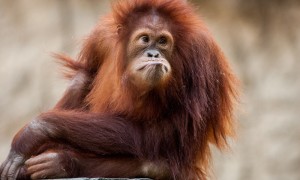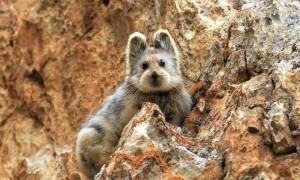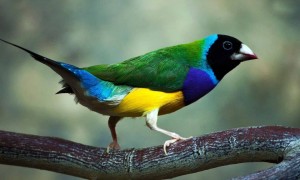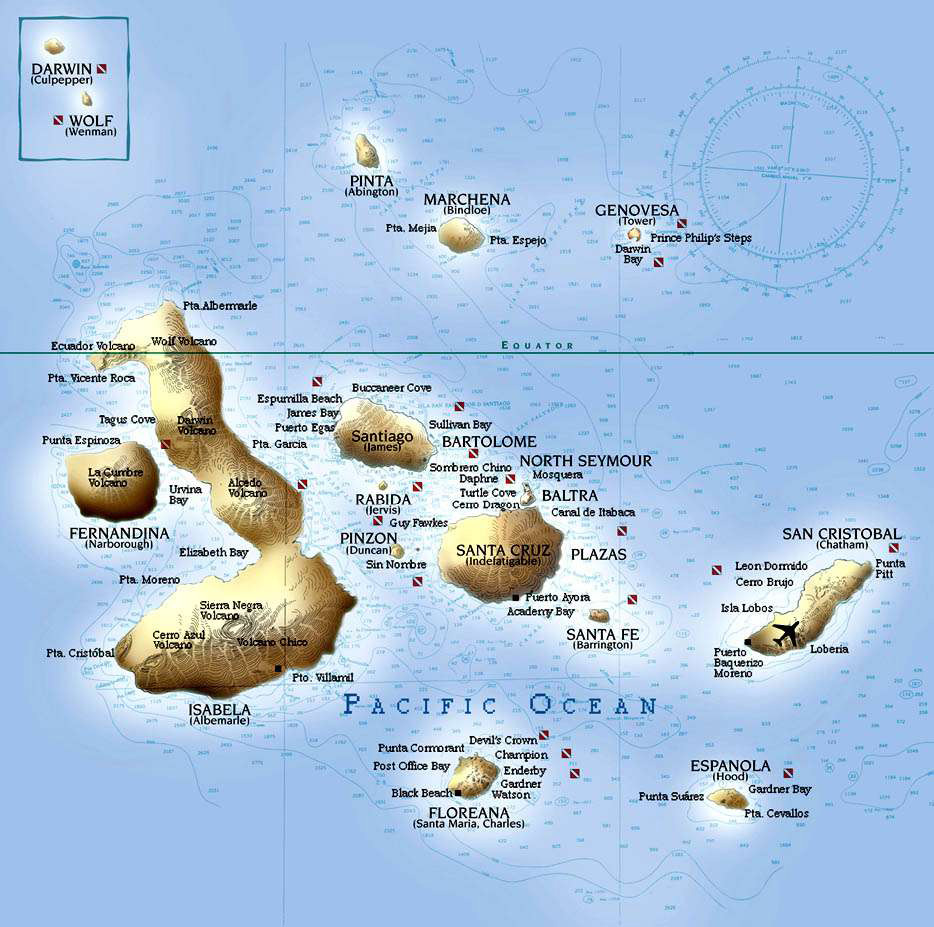
965 kilometers from Ecuador is an island of charm – arhipelagо of 13 major volcanic island (five of them are inhabited), 6 small islands and 107 rocks that are known as the Galapagos Islands. The archipelago is famous for its exceptional diversity of wildlife. Many rare species live only in these islands that are truly open-air museum of evolutionary changes.
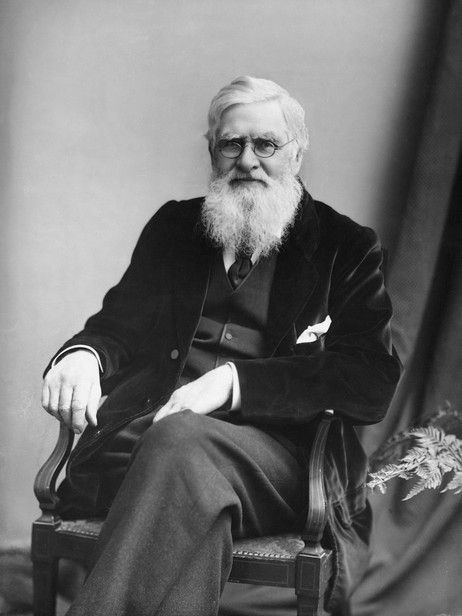
Charles Darwin came here in 1835 as a geologist on the board of ship “Beagle”, commanded by Captain Robert Fitzroy, whose mission was to map the coast of South Africa. For a period of five years of their voyage they visited places such as Tenerife, New Zealand, Australia, Brazil, Argentina, Brazil, the Galapagos Islands, Chile, Uruguay and the island of Cape Verde. Darwin collected animals, plants, fossils and studied the geology of the land they visited.
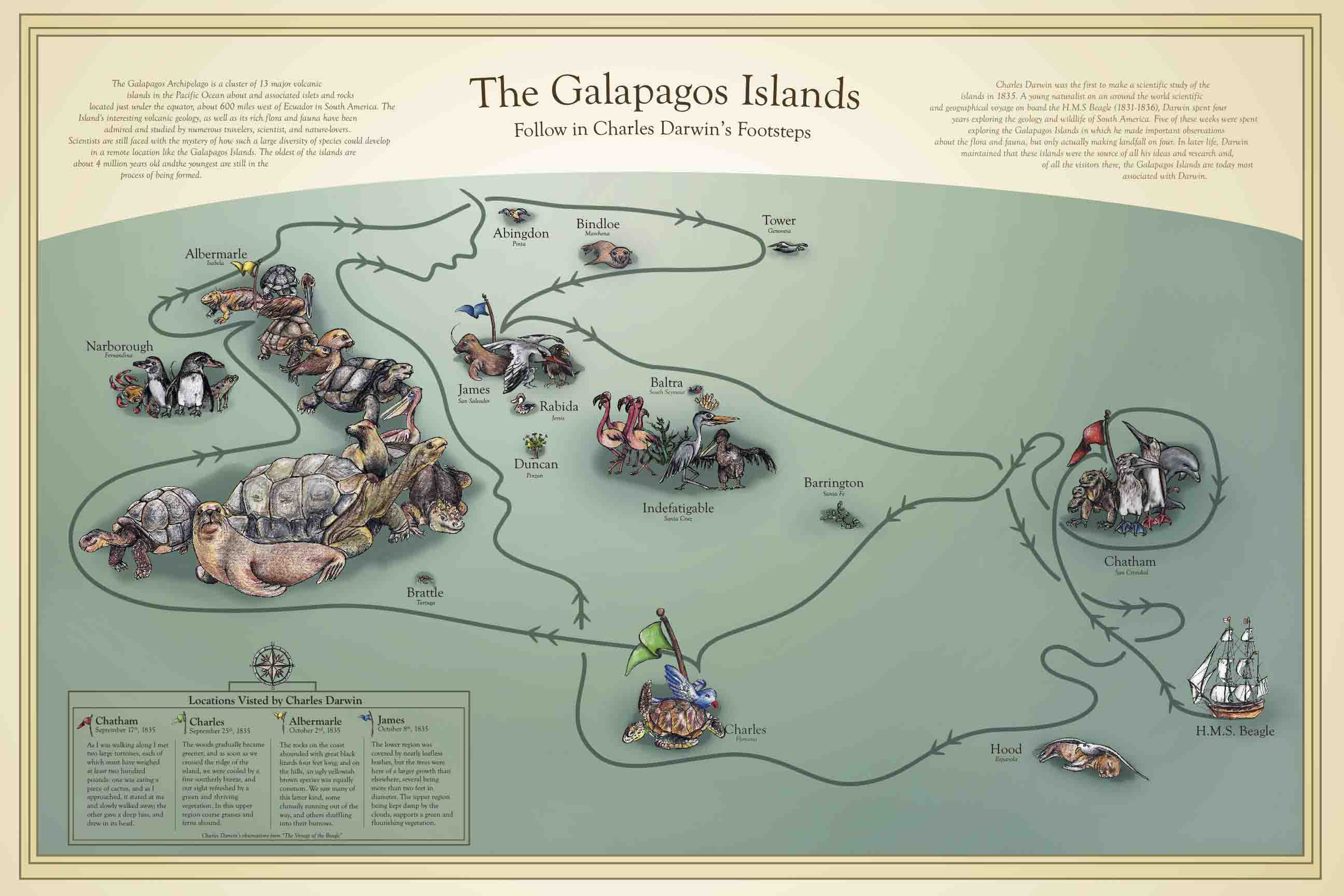
Charles Darwin arrived in the Galapagos Islands on September 15, 1835 and the first place to visit is the island of San Cristobal. Here he finds a lot of different animals and plants, including – marine iguana, giant turtles and Galapagos hawk. On September 24, the Beagle is directed to Floreana. Ship “Beagle” spent five weeks on Galapagos island and visits Iguana island (where they first see land iguanas), Santiago and Pinta island. When Darwin returned to England in 1836 he used the materials collected from observations in the journey with the Beagle, to create its evolutionary theory that species change over huge periods of its existence (evolve) to adapt to environmental changes. Before Darwin set out his theory of evolution, most people believed that people, plants and animals have ever been the same since the world began.
When Darwin visited the Galapagos, he discovered many birds, animals, plants and reptiles that are very different from their predecessors. For millions of years they have slowly changed to different environmental conditions in the process known to all of us today as evolution.
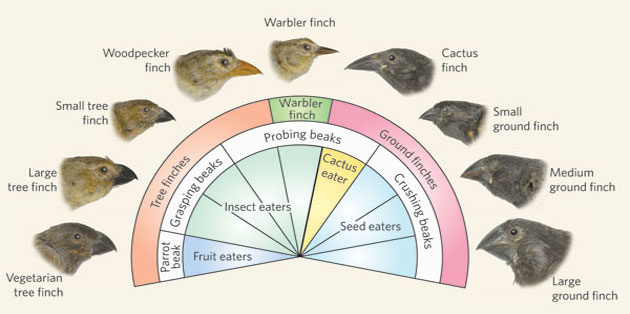
There are 13 species of Darwin’s finch – small, sparrow-like bird, which lives on the Galapagos Islands. Each species has evolved – depending on the food they ate, which has found expression in various forms of its beak. For example finches, which ate cactus has a long, curved beak down, which can suck the color of cacti. Other kinds of finches feed on insects or mites removed from the giant turtles, or even peck other birds feeding on their blood. Thus, finches is modified as a result of the different food, which they representatives ate.
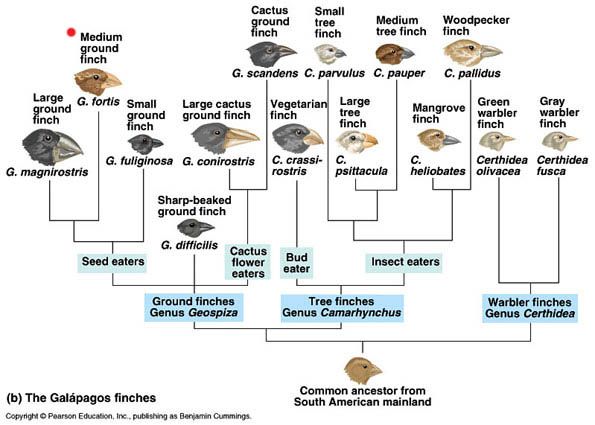
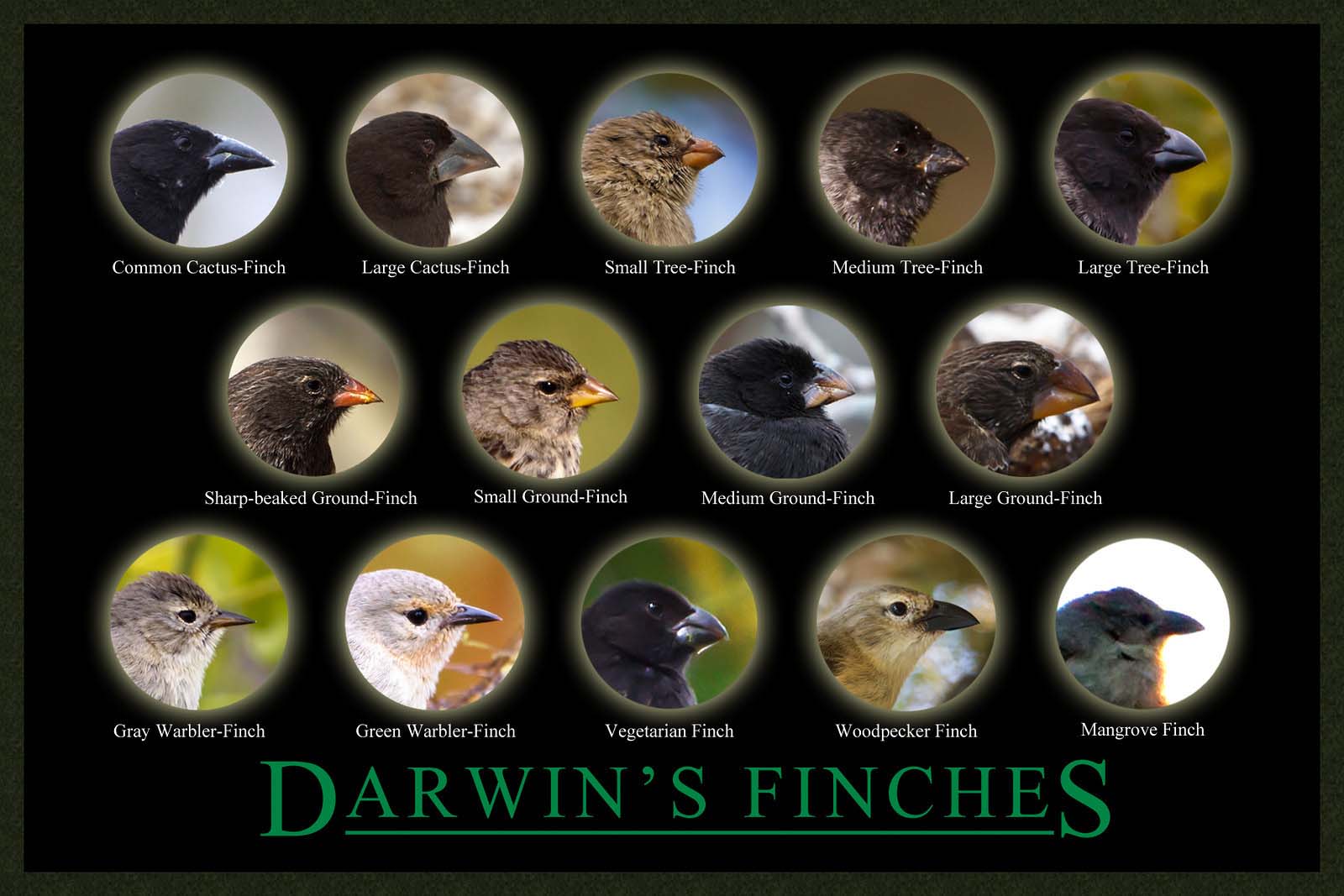
In its comments Darwin describes how easy taming animals are the Galapagos because they are not taught to be afraid of people. Why? The first people arrived in the Galapagos in 1535.
Interesting facts about the Galapagos islands trip:
During most part of the journey on the Beagle, Darwin suffered from seasickness.
He wrote his first book “The Origin of Species” 24 years after visiting the Galapagos Islands.
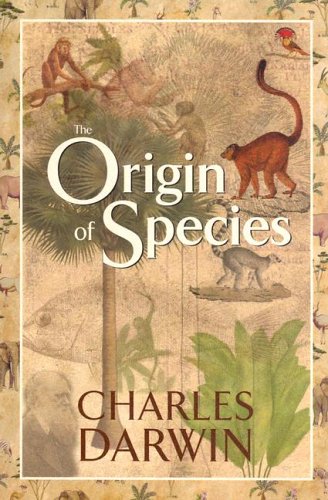
Exactly animals of the Galapagos, which are not afraid of people are its greatest treasure. Go there and see:
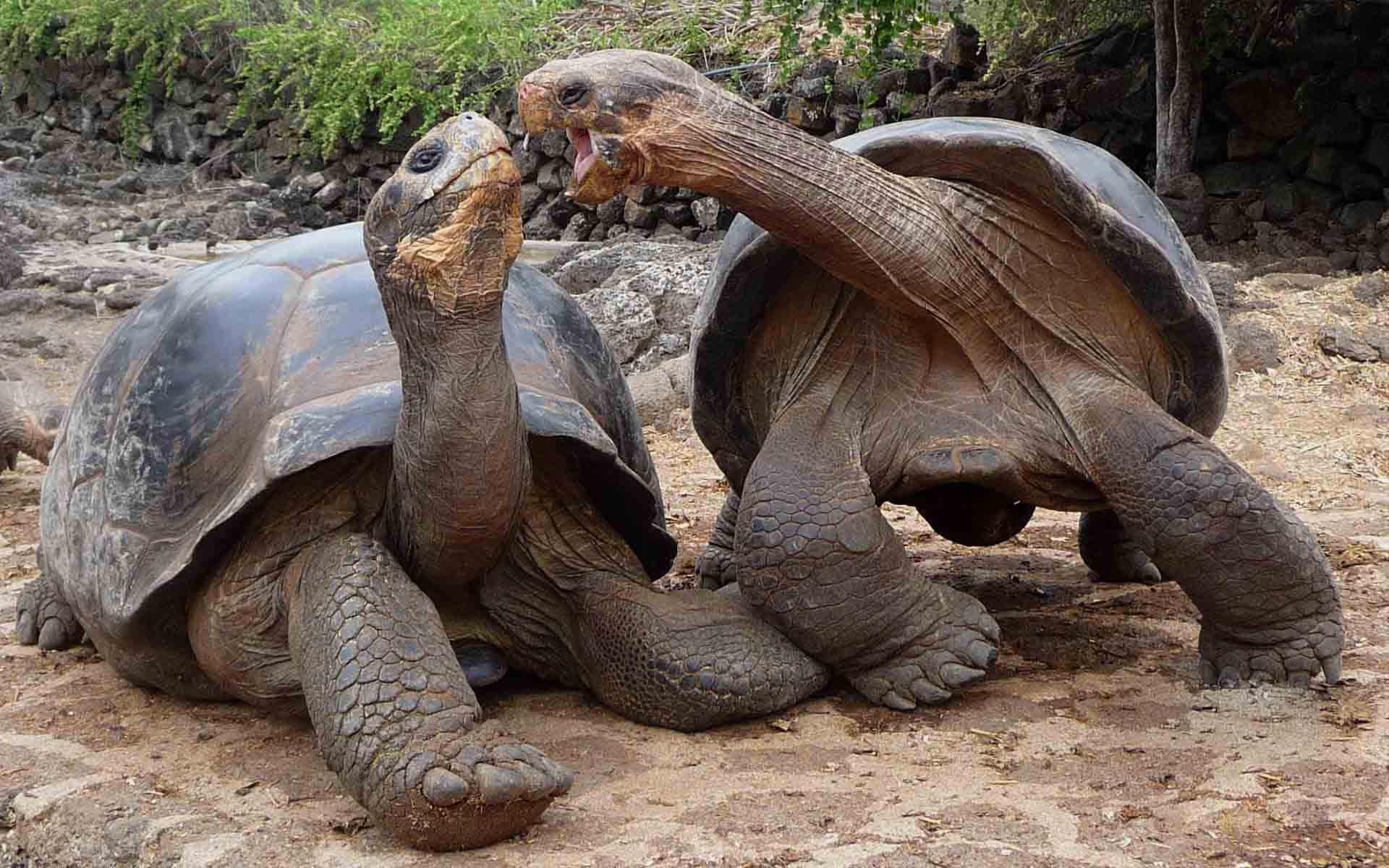
Galápagos tortoise
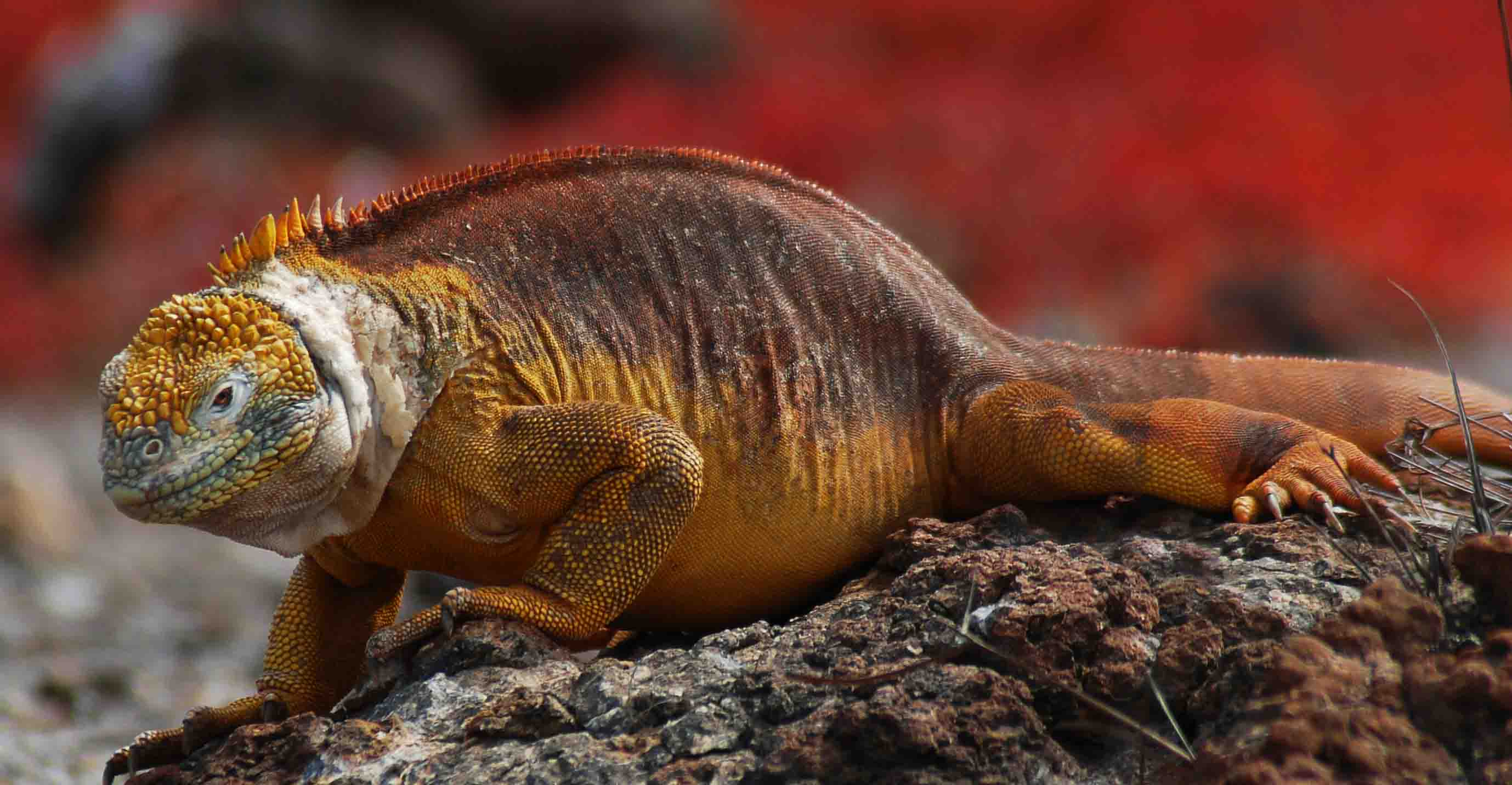
Galapagos Land iguana
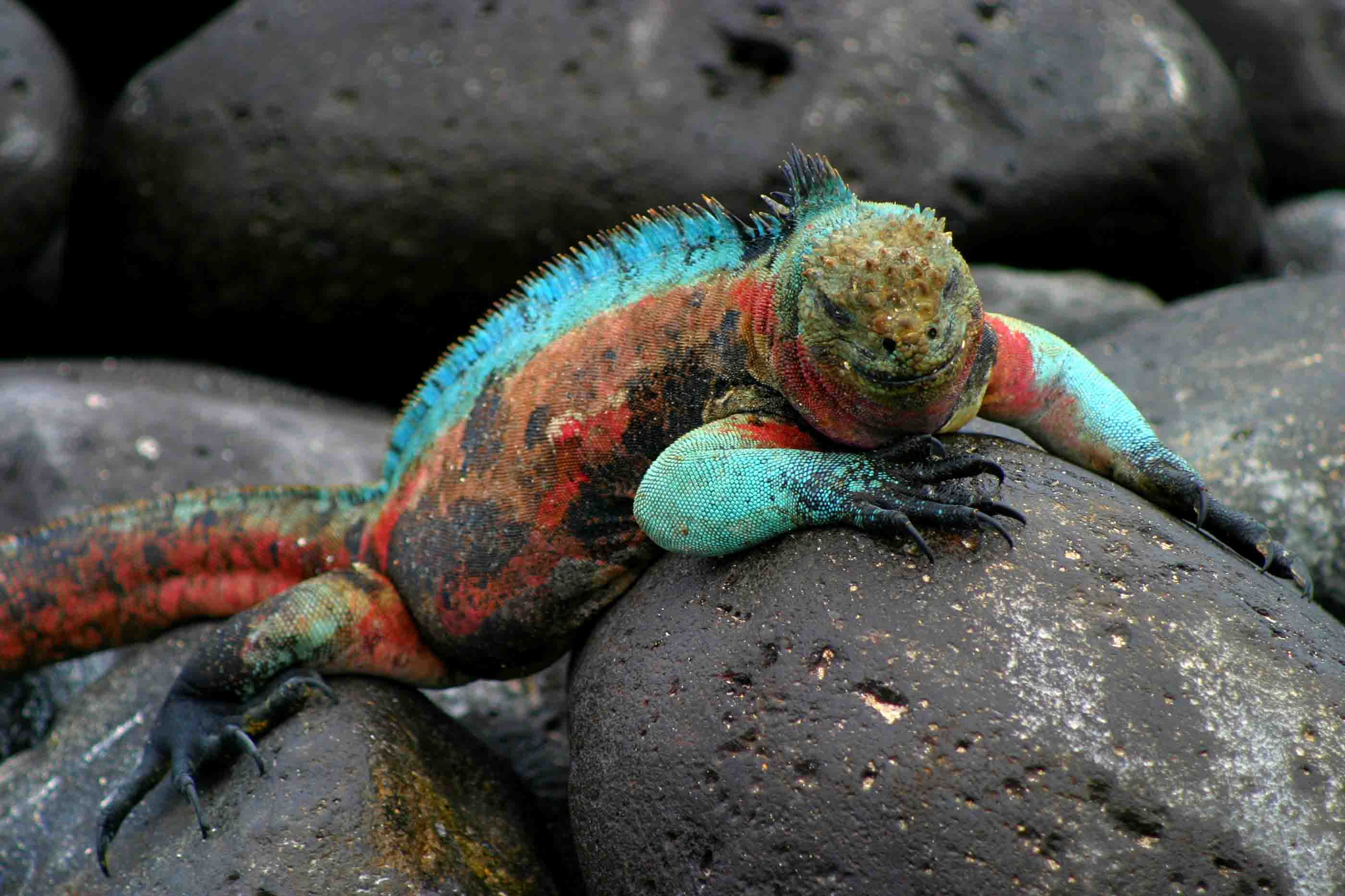
Marine iguana Galapagos
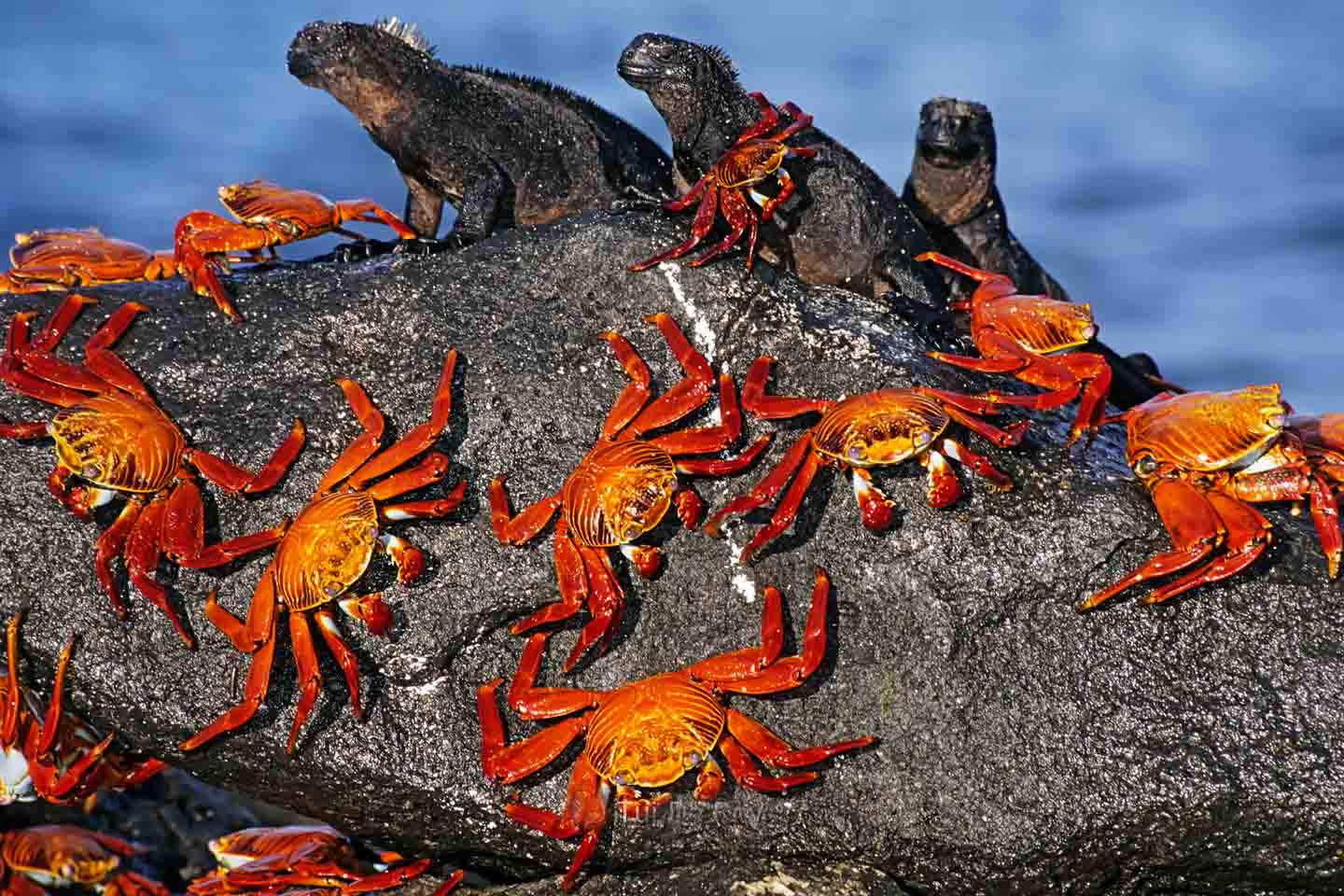
Sally Lightfoot Crabs
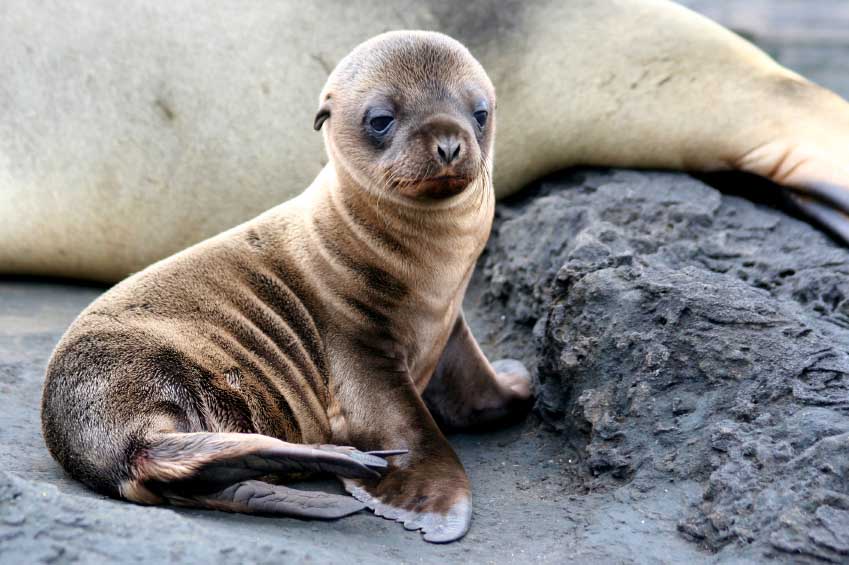
Sea Lion Puppy, Galapagos Islands
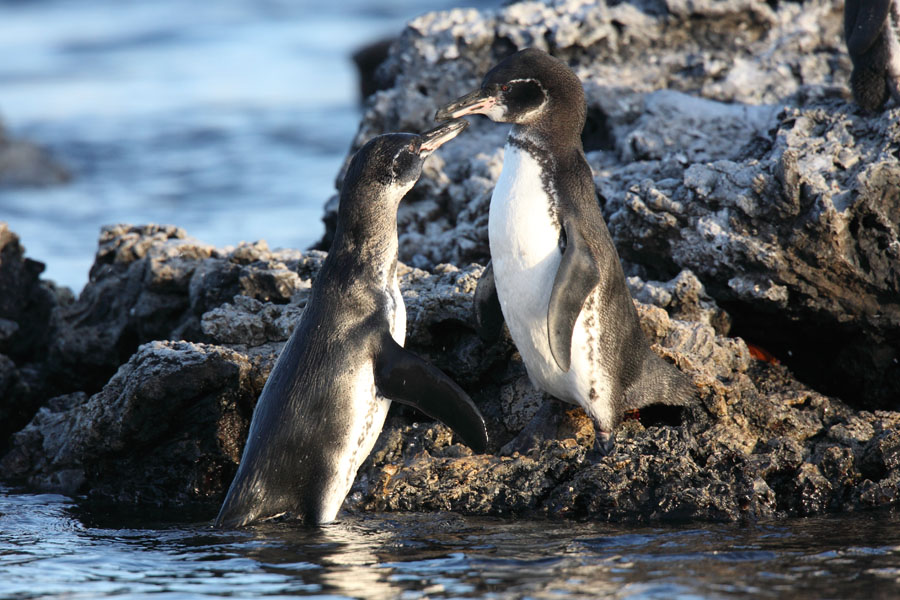
Galapagos islands penguins
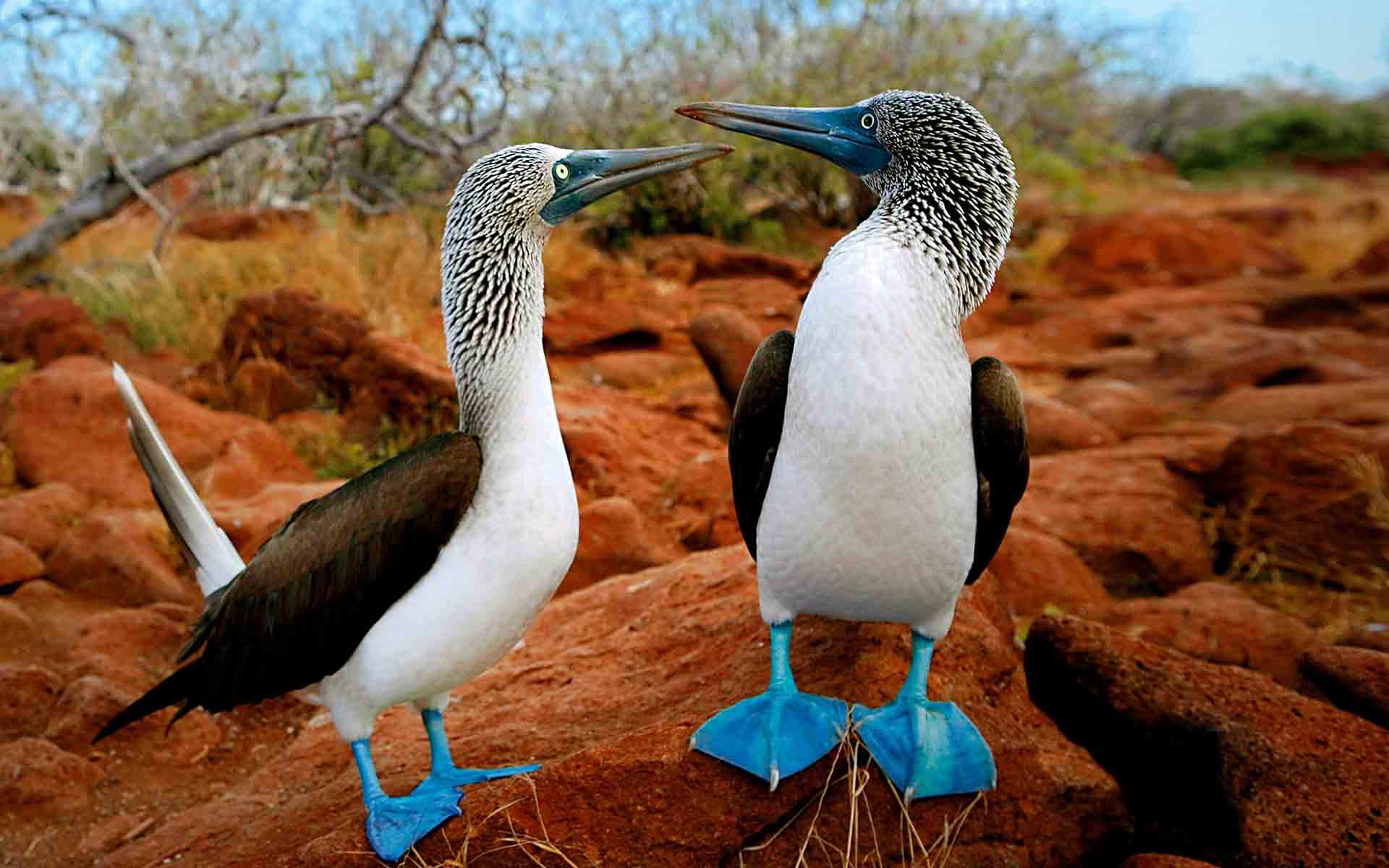
Blue-footed Booby
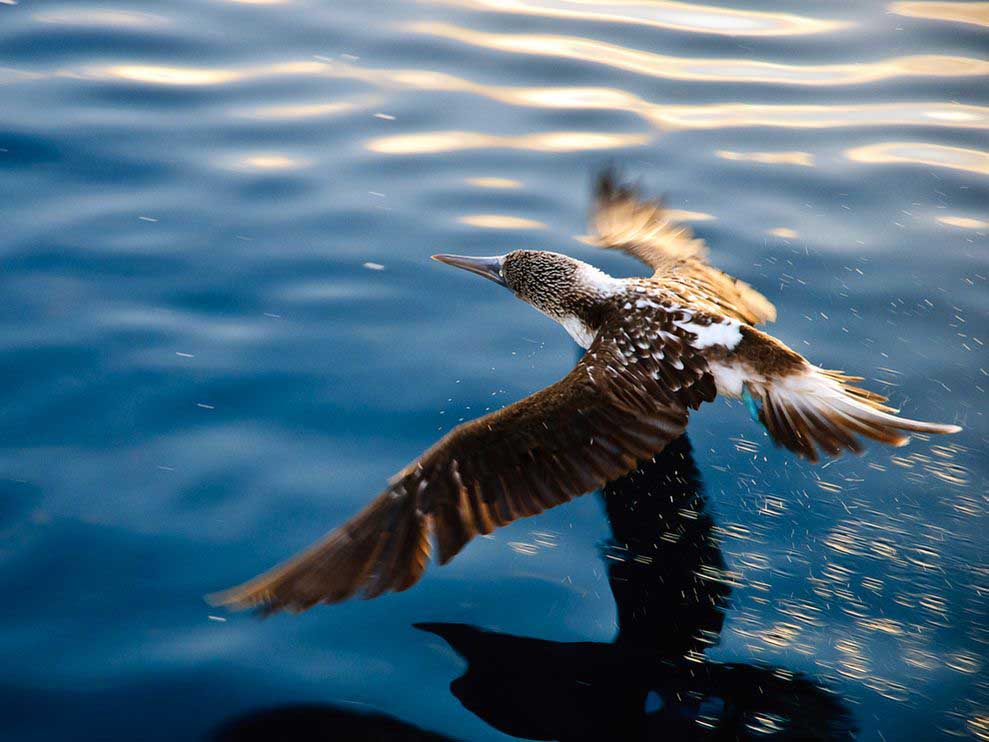
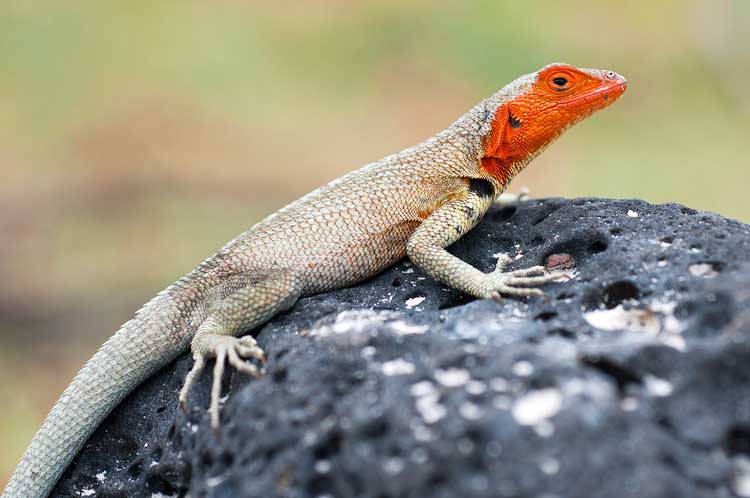
Microlophus (Lava Lizard)
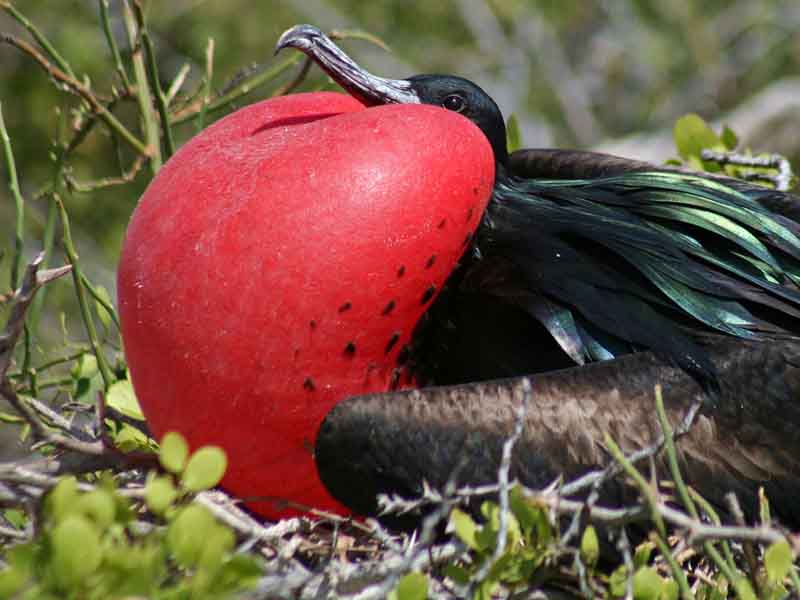
Frigate Bird
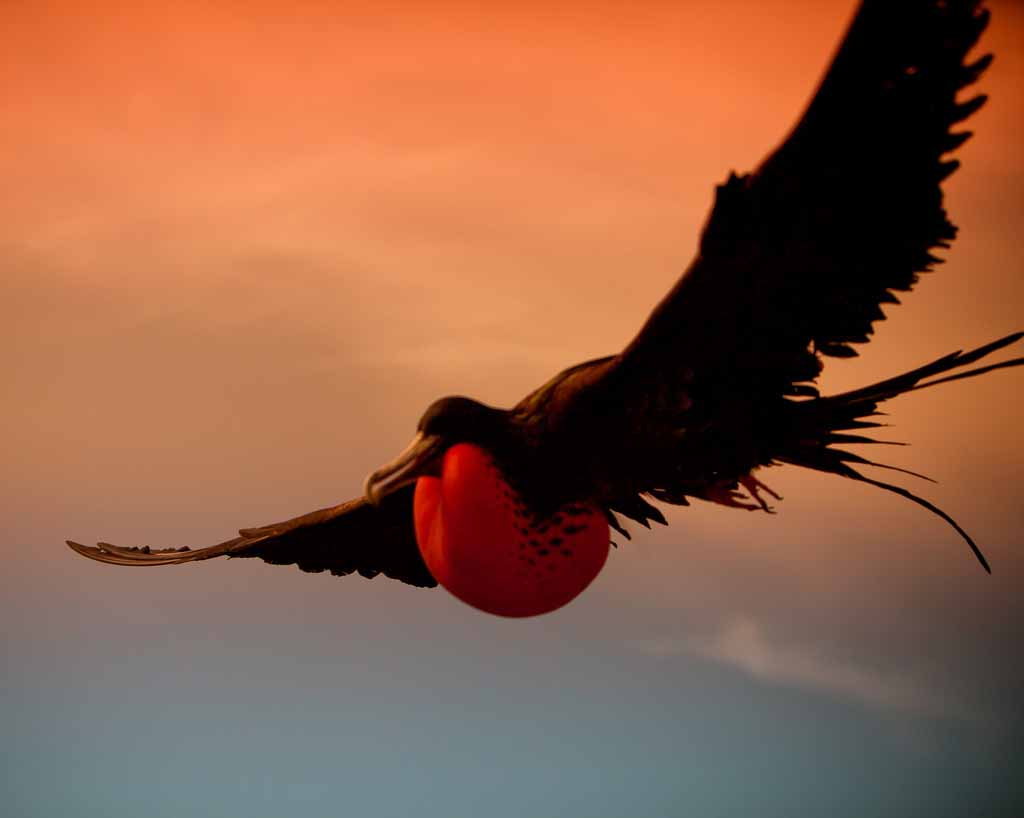
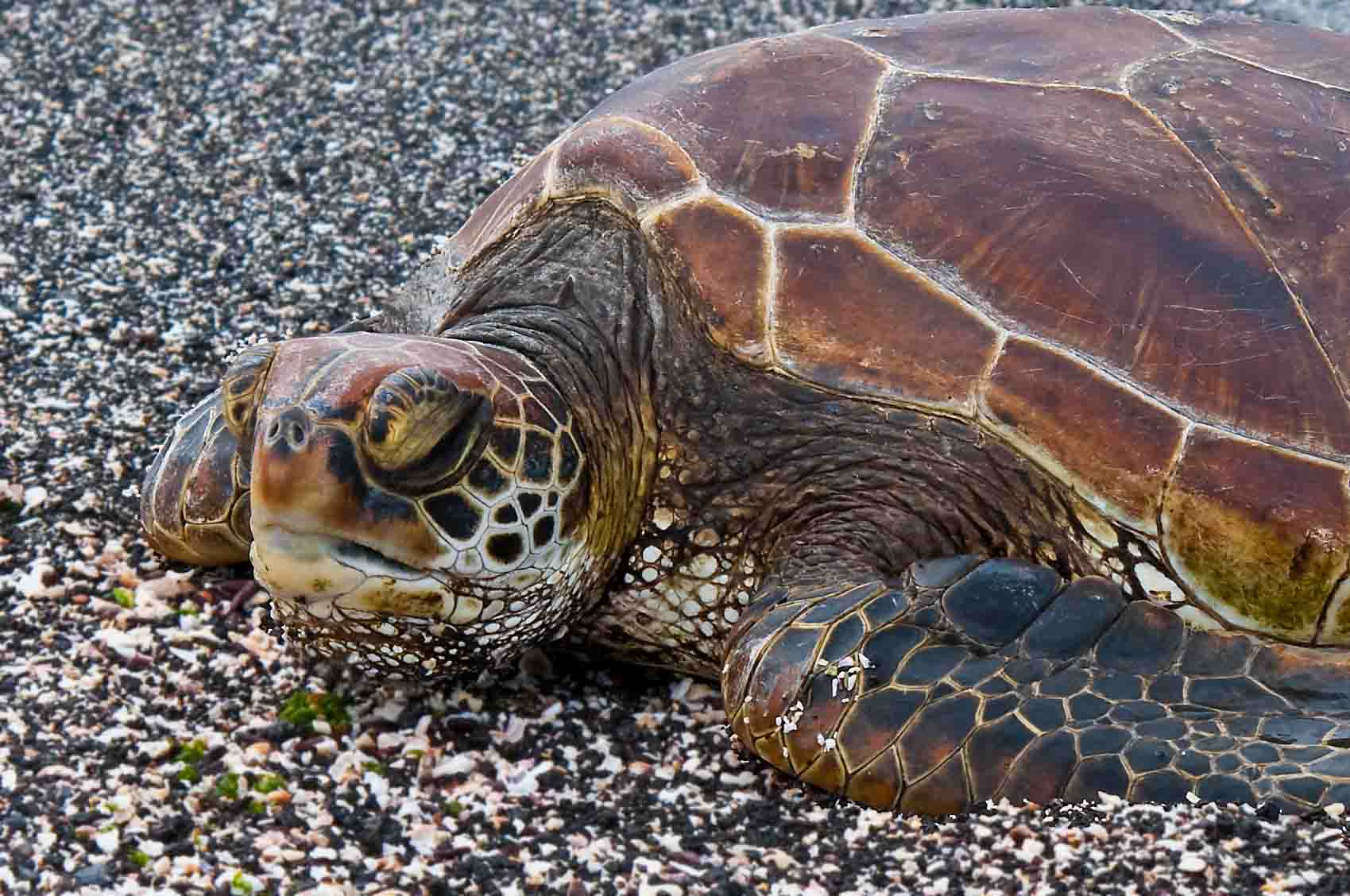
Green sea turtle
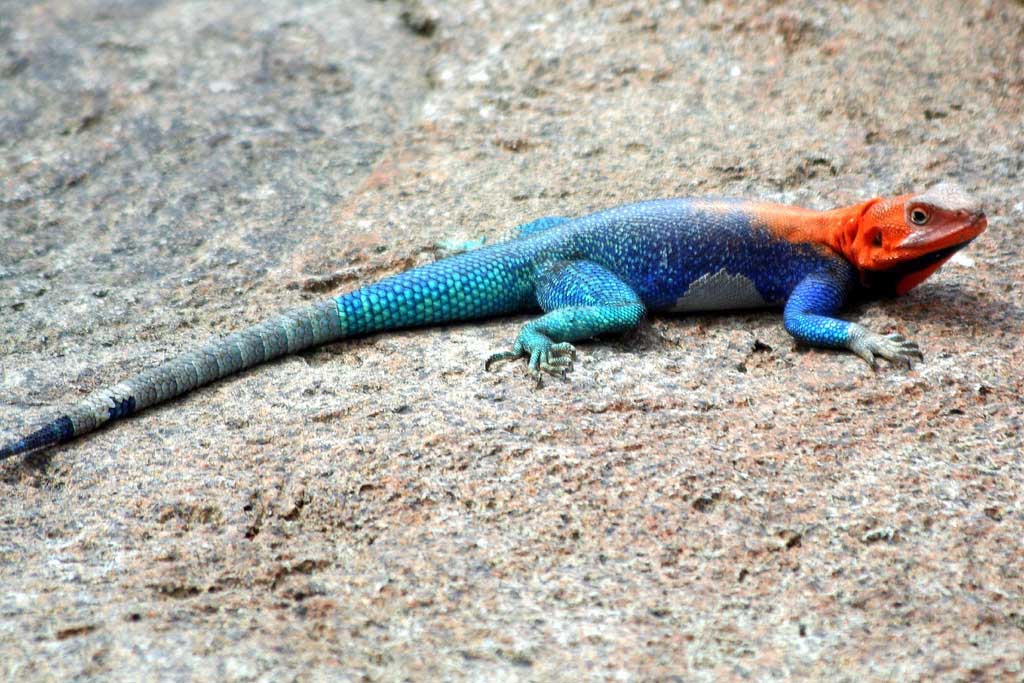
Flat Bellied Lizard
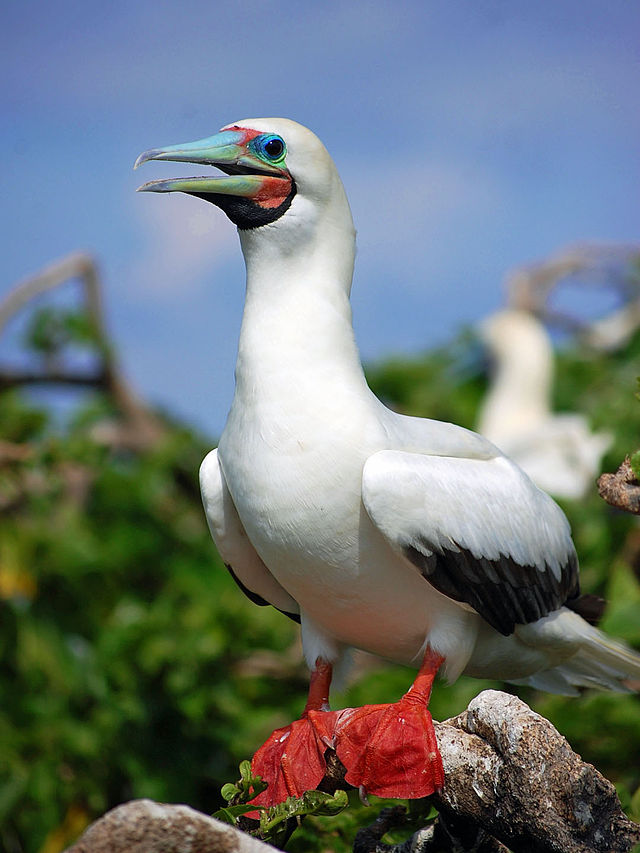
Red-footed booby
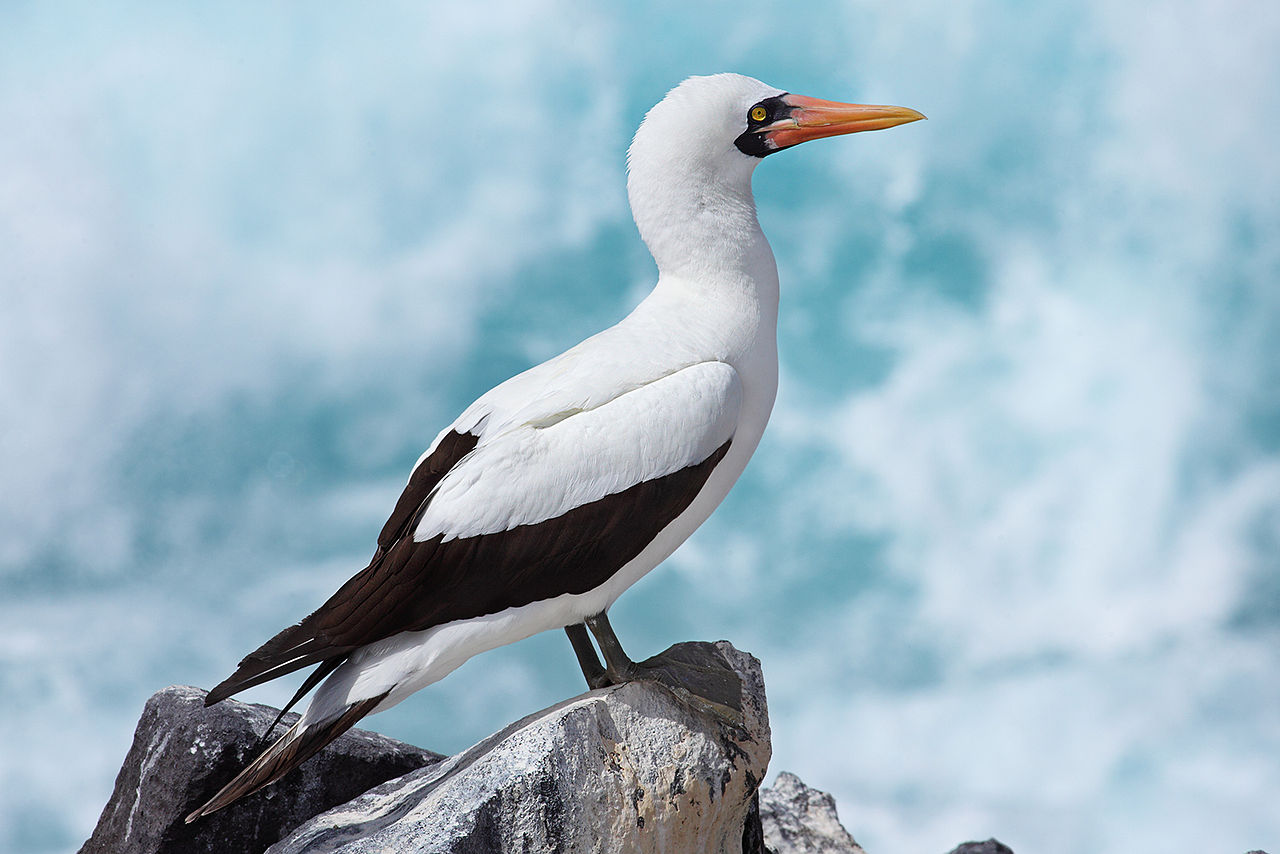
Nazca booby
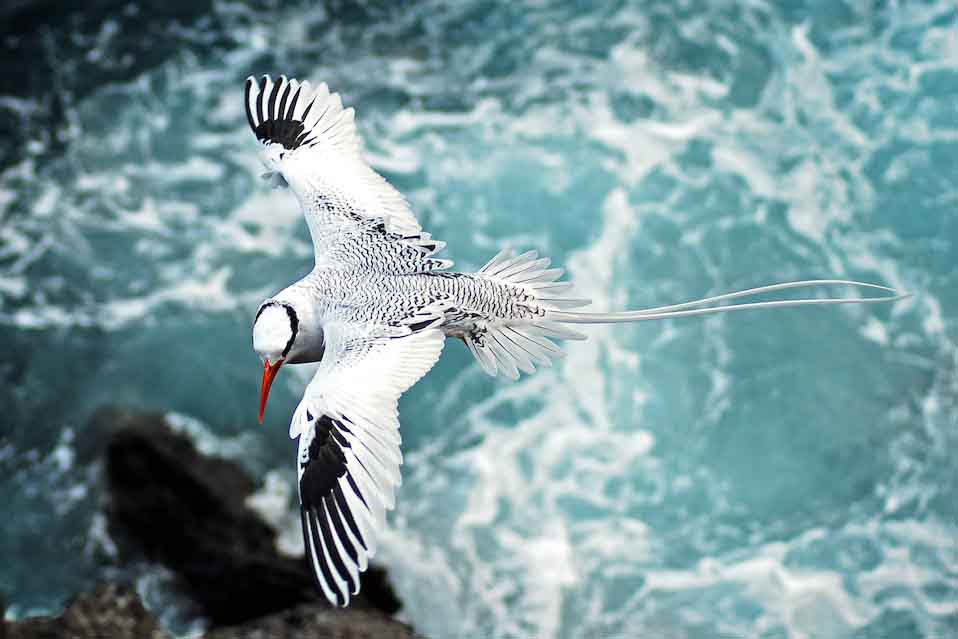
Red-Billed tropicbird
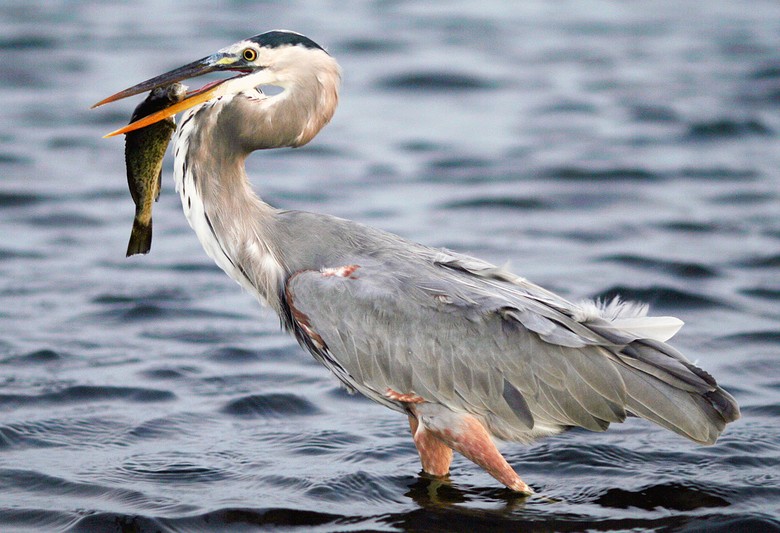
Great blue heron
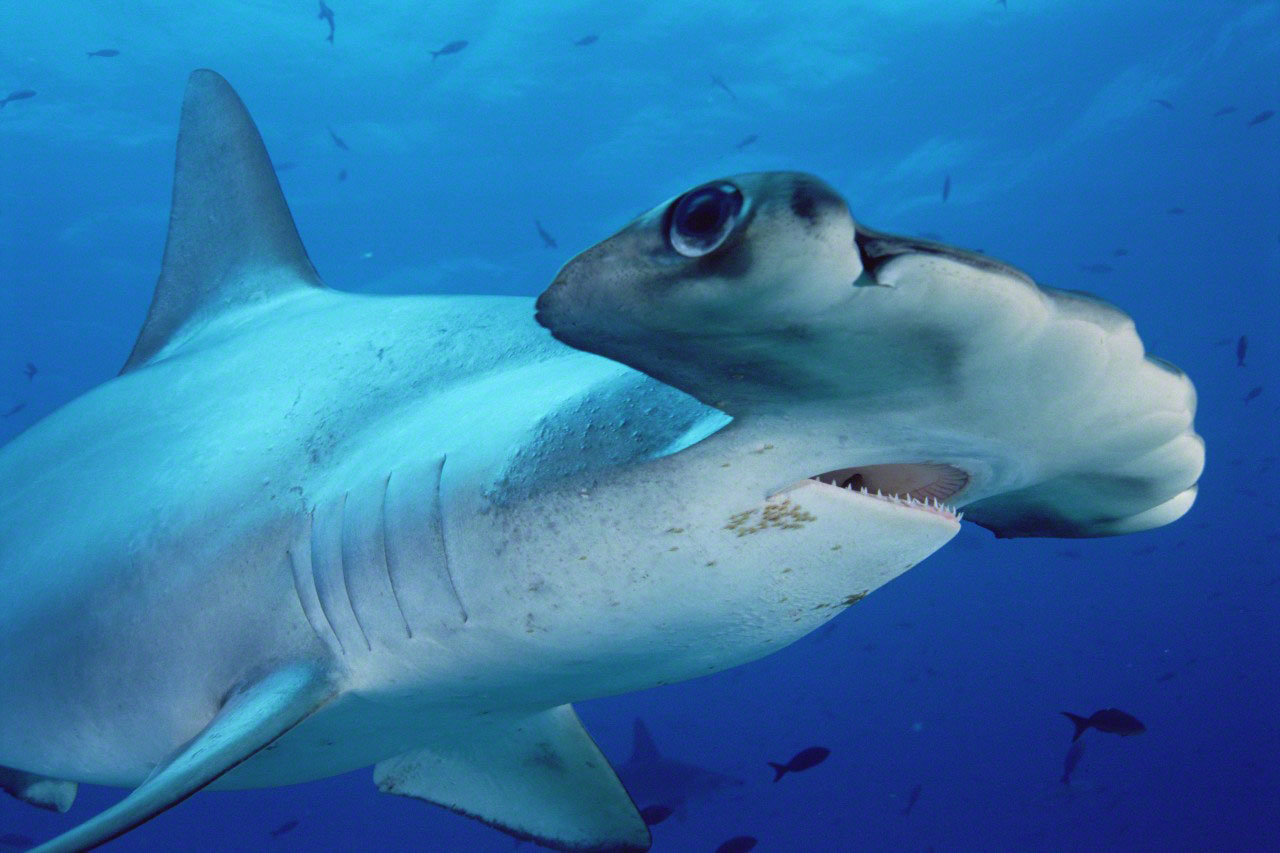
Scalloped Hammerhead Shark
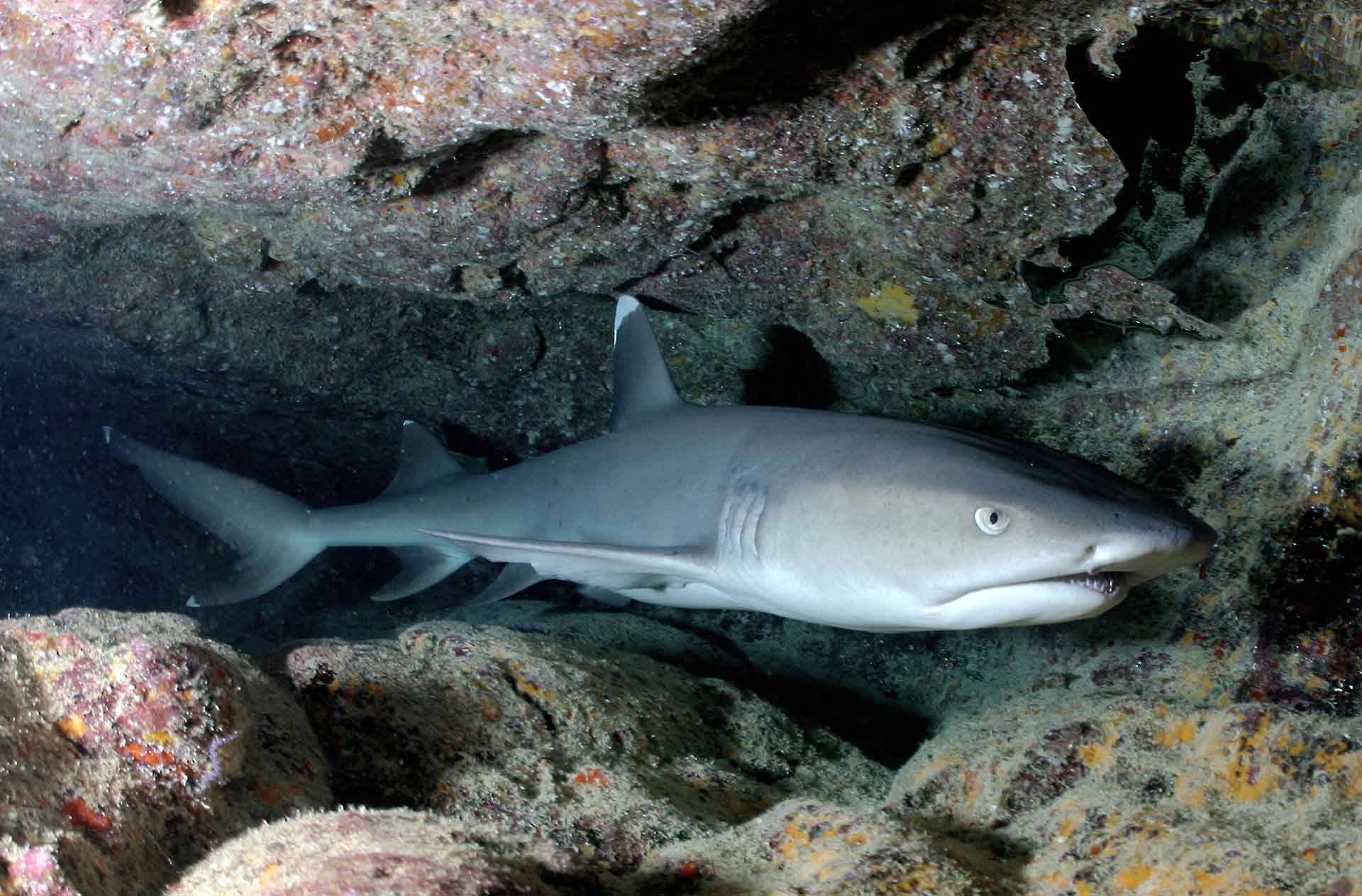
Whitetip reef shark
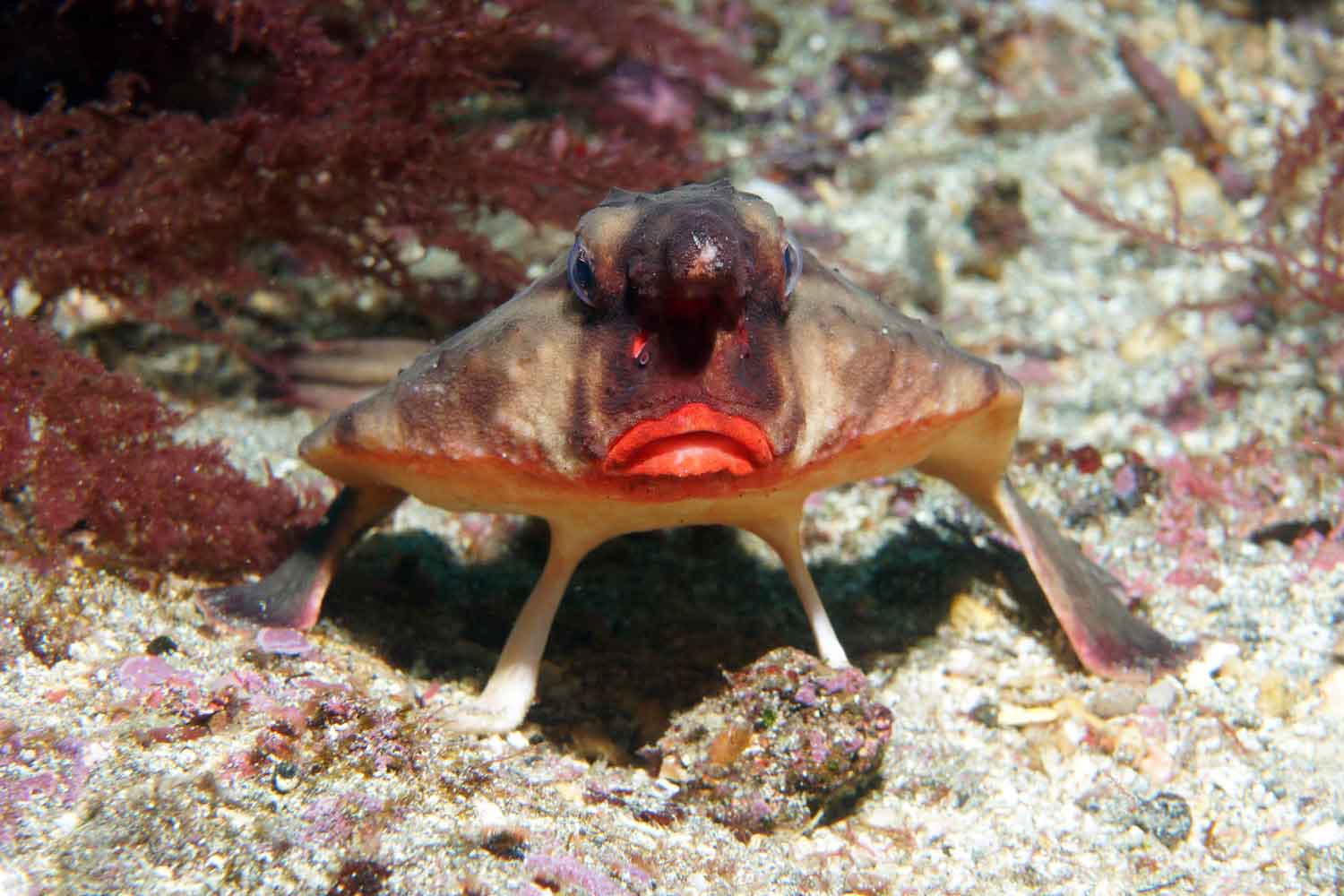
Red-lipped batfish
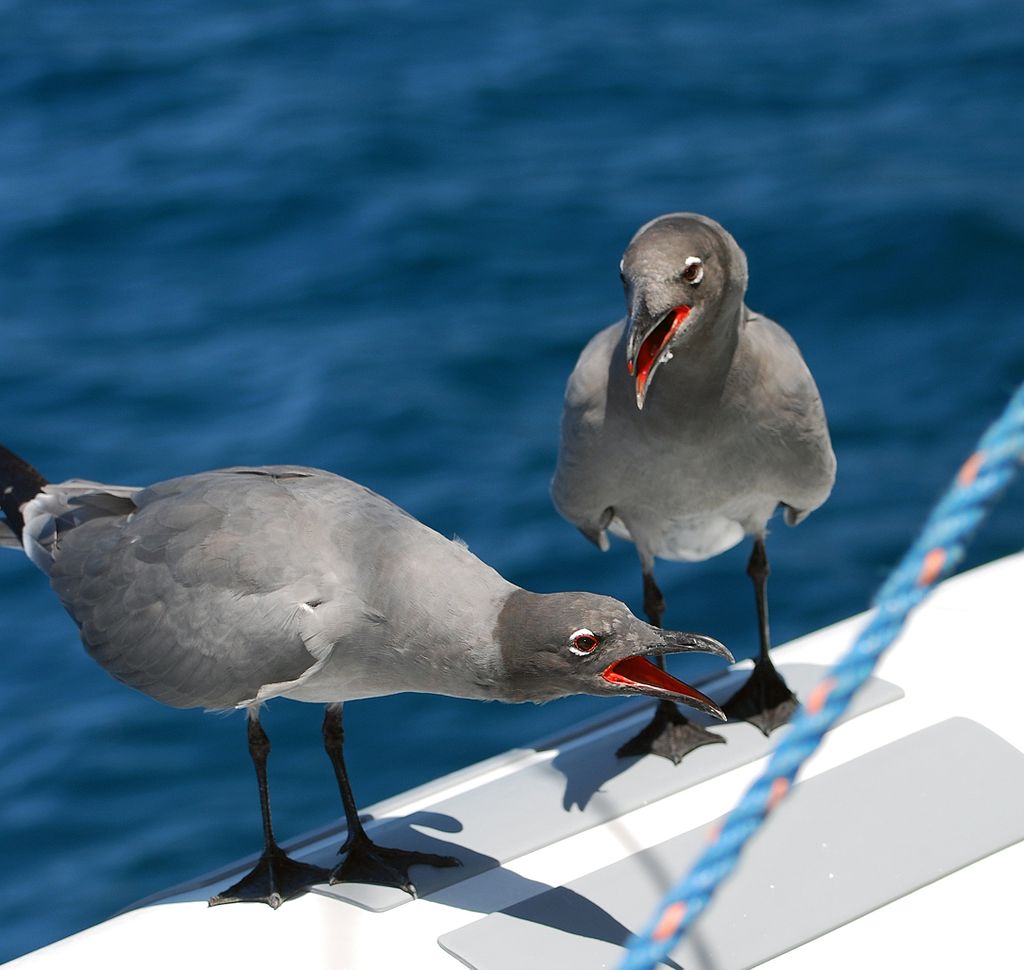
Lava Gull
and more…
We recommend: A guide to Galapagos Islands

